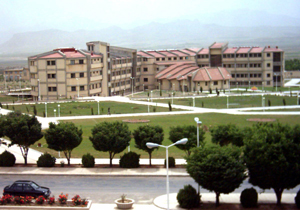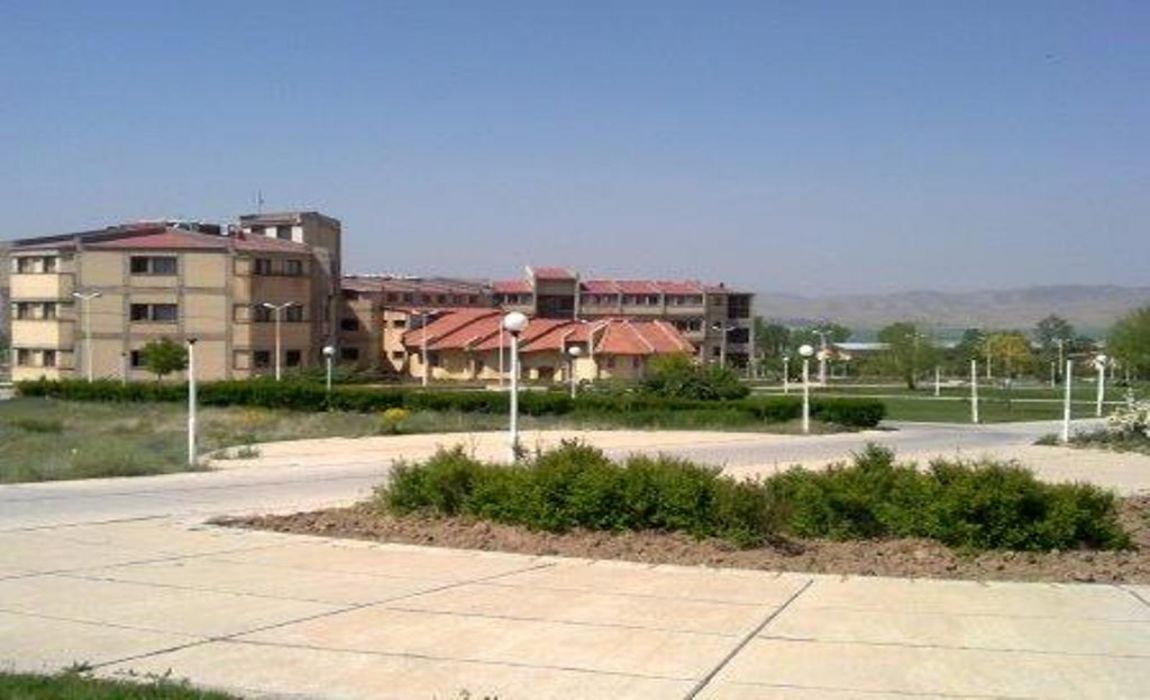Why it might be a good time to start a career in science
By Maggie KuoJun. 5, 2017 , 3:00 PM,
There’s a lot of gloom and doom in the conversations about science careers these days. But a new study in the Proceedings of the National Academy of Sciences offers an uplifting message to biomedical trainees: It might actually be a good time for young scientists.
The study—which investigated funding trends at the National Institutes of Health (NIH) but was conducted independently of the agency—confirms that the aging academic workforce is limiting opportunities for younger scientists. Scientists over the age of 55 have grown in ranks and received more of the grant money, the study reports, while younger basic biomedical scientists have decreased in numbers and are getting less of the funding pot. However, the authors also found that NIH’s Early Stage Investigator (ESI) Policy, implemented in 2008 to give young scientists a leg up in the grant review process, is counteracting the trend. This result suggests that NIH’s recent efforts in this direction—including the Maximizing Investigators’ Research Award (MIRA), launched in 2016, and its announcement earlier this month that it would put a cap on the number of grants a principal investigator (PI) can hold (though that plan is in limbo after some backlash)—will help improve the situation further.
“I think this pessimistic message that [students] get is just not warranted right now,” says lead author Michael Levitt, professor of structural biology at Stanford University in Palo Alto, California, and a winner of the 2013 Nobel Prize in Chemistry. “The next few years are going to be a much better time.” Science Careers chatted with Levitt about his findings and their implications for emerging biomedical scientists. This conversation has been edited for clarity and brevity.
Q: This issue that investigators on average receive their first NIH grant when they are 42 years old has been discussed for a while. What does your study add to the conversation?
A: You’re absolutely right; there’s been a lot of attention around the age of people getting their first grant. But, it turns out that it’s a misleading number because some people get their first grant from NIH after getting grants from other places. The much more disturbing number, and the key thing the paper shows, is that the number of young basic scientists has been going down since 1990. And the proportion of basic scientists who are younger than 45 has been going down over time. The future of science is very much the young people. If their numbers are going down, then we are not replenishing our future.
The data also showed that we could have exactly the same proportion of younger people as in 1980, when the drop-off started, if about 15% of the money had been moved from people over 45 to people below 45. It’s not a huge amount of money. We’re not trying to get rid of older people; we’re just saying there needs to be some money for the younger people.
Q: What’s causing the drop in young basic scientists?
A: One factor was that more and more of the money was going to older scientists, over the age of 55, and that left much less money for the young scientists. That phenomenon was caused by the general aging of the scientist population, and also because NIH’s budget jumped quite suddenly in the late 1990s. When you get money from Congress, you can’t keep it in a savings account—it has to be spent. As a result, the money was put into things that could absorb it. And it’s very easy to spend money very quickly on old people because they have grants in place, so all NIH needed to do was increase the grants by some fraction and the money was spent.
You can’t spend money very quickly on young people. Think about how hard it is to hire a young person: You first have to know that there’s money for them, then you have to recruit them, then you have to hire them, then you have to give them a chance to write their own research program. Typically, it might be 4 or 5 or 6 years before they start applying for grants, and if everything is going to double in 5 years, the young scientists hired have missed the boat.
The other problem is the fact that the committees that allocate the grants are drawn from the general population of NIH grantees, so as that population ages, the committees also age. If you’re 40, you can judge 30-year-olds quite well, but when you’re 50, 30-year-olds seem ridiculously young. Because everything is done by committee feelings rather than guidelines, slowly less and less young people get grants, which leads to departments not hiring them and so on.
Q: NIH has implemented policies and programs geared toward helping young investigators. What does your study say about these efforts?
A: NIH’s ESI Policy seems to be working. We see an increase in PI success ratio [the ratio of successful R01 grantees to total number of basic science PIs in the age group] for younger grantees. We don’t have a lot of data points—the program started in 2008, and our data only go to 2014 and that data is averaged over 4-year periods—but it looked much worse in 2004 than it did in 2008 and 2012. Our analysis shows that NIH needs to make this age-based correction, not as a way of favoring young people, but to undo a bias intrinsic to the way that grants are judged.
Q: What got you interested in this issue?
A: I actually got into this work October or November 2013. I was shocked to see this drop in numbers for the younger people in a 2012 NIH blog post and presentation on the topic. Also, to have my colleagues tell me what little money they have although they have lots of money made me want to really understand what was going on and try to help the younger people. Much of my work involves analyzing numbers, so this isn’t out of my realm. And, my brother, who is my co-author, is more in economic and bibliometric analyses, so he was very helpful here. I’m not particularly concerned about my credentials. Ultimately, the numbers speak for themselves.
I just turned 70, and my group size is now seven, down from its largest size of 14. I relinquished space when my group got smaller, and I also just converted my two R01 awards into the smaller MIRA award.
Q: Are you optimistic about young scientists’ futures?
A: I think it’s a good time to become a scientist. The baby boomers are now 70 plus. It’s harder for them to get grants or have large groups. They’ll be retiring. As a result, there’s going to be a lot of positions opening, and there will be more funding for younger people, which NIH is very conscious of and wants to find. I think this could be another golden period. Young scientists should not be discouraged.
Posted in: Career-related PolicyBiomedical
DOI: 10.1126/science.caredit.a1700045






